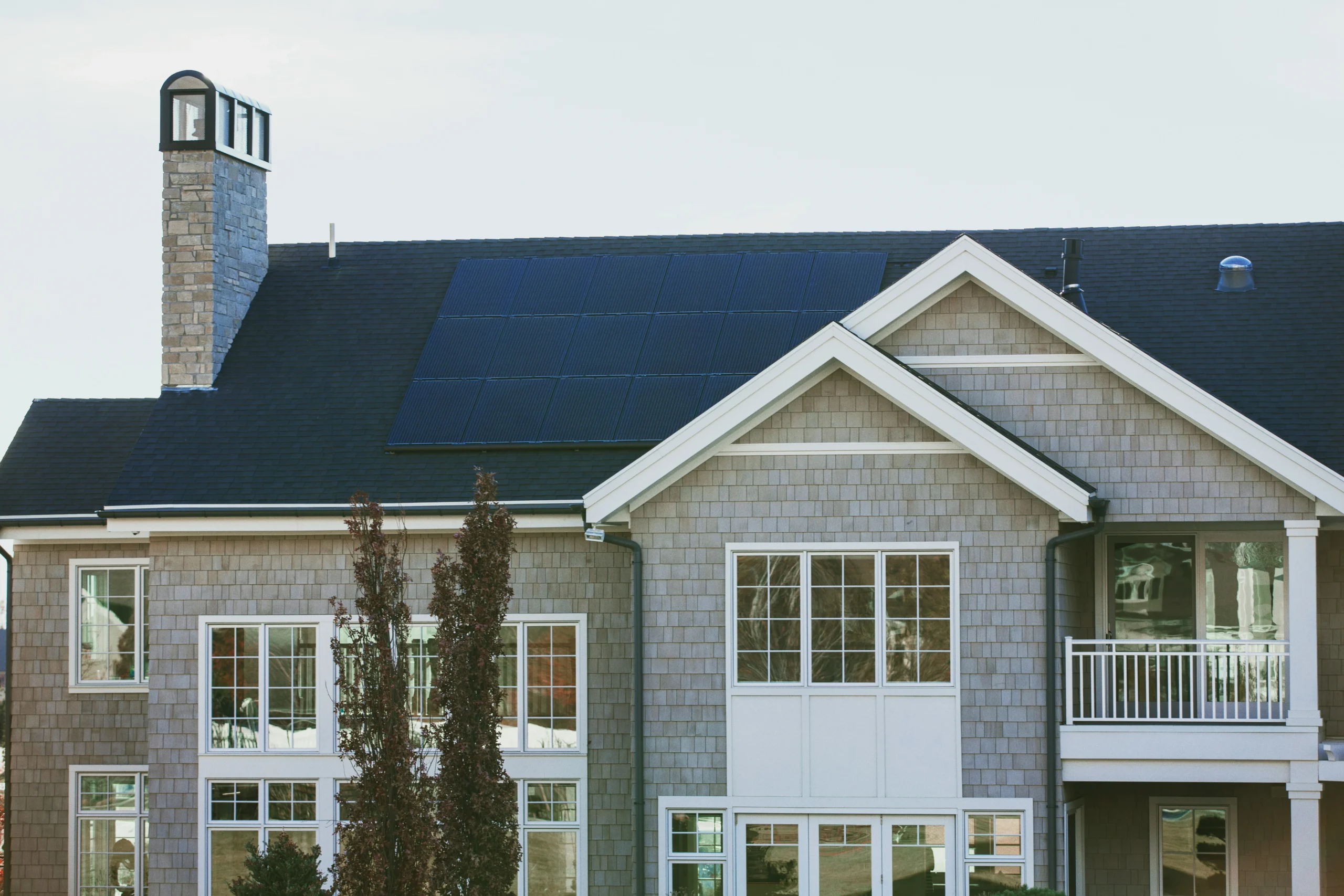
With energy prices rising and climate change becoming an urgent global issue, more homeowners and businesses are seeking sustainable energy solutions. Solar PV systems have emerged as a popular choice for those looking to reduce their carbon footprint and gain control over their electricity costs. They provide a dependable, long-term investment in energy security and sustainability.
The UK government has set ambitious targets to reach net zero emissions by 2050. As a result, renewable technologies like solar PV are playing an increasingly vital role in the nation’s energy mix. People are not only becoming more environmentally conscious but also financially savvy in choosing solar energy as a means to reduce dependency on fossil fuels.
Solar photovoltaic (PV) systems convert sunlight into electricity using semiconductor materials. Unlike solar thermal systems, which use the sun’s heat, PV systems generate electrical power directly.
The electricity generated can be used immediately in your home or business, stored in batteries for later use, or exported to the grid to receive payments through government schemes like the Smart Export Guarantee (SEG).
PV technology dates back to the 1950s when it was first used in space applications. Over time, it has evolved into a reliable and cost-effective energy source for residential and commercial use, thanks to technological advancements and increased demand.
Solar PV panels consist of many photovoltaic cells made of silicon. When sunlight hits these cells, it excites the electrons, creating an electric current. This process is known as the photovoltaic effect.
The electricity generated is direct current (DC), which is then converted into alternating current (AC) by an inverter so it can be used in your home or business. This setup allows you to power everything from appliances to electric vehicle chargers with clean energy.
Solar PV systems produce zero emissions during operation, making them a clean energy source. By reducing your reliance on fossil fuels, you contribute to mitigating climate change.
By generating your own electricity, you can significantly reduce your energy bills. Some households report annual savings of hundreds of pounds, depending on system size and usage patterns.
Properties with solar PV systems tend to be more attractive to buyers, often commanding a higher market value. Buyers recognise the long-term energy cost savings and environmental benefits.
Solar energy increases your energy independence, shielding you from unpredictable energy prices and offering more control over your consumption.
Government-backed incentives like the Smart Export Guarantee (SEG) allow you to sell unused electricity back to the grid, offering a return on your investment and further improving affordability.
An ideal site includes a south-facing roof with minimal shading throughout the day. The pitch and structure of the roof, as well as local environmental conditions, also play a role in efficiency.
Your system should be appropriately sized to your electricity usage, roof space, and future energy needs (e.g. electric vehicles or heat pumps). This ensures you get the best value without overinvesting.
Green Homes Group is not an installer, but we have a carefully vetted network of certified professionals across the UK. We can connect you with a trusted installer who meets your specific requirements and provides high-quality workmanship.
Most home installations are considered “permitted development” and do not require planning permission. However, exceptions exist for listed buildings and properties in conservation areas.
Solar panels are low-maintenance, typically requiring occasional cleaning and periodic system checks. Most systems come with a 25-year performance warranty.
Government policy strongly supports solar adoption to reduce greenhouse gas emissions. The Smart Export Guarantee (SEG) provides a framework for homeowners to receive payments for excess electricity sent back to the grid.
The National Grid is adapting to accommodate renewable energy sources, enabling a smarter, more flexible energy system where solar PV plays a crucial role.
Emerging technologies like perovskite cells and transparent panels are making solar PV even more efficient and aesthetically pleasing. These innovations promise better performance and design flexibility.
Solar PV is becoming central to smart homes. Integrating with smart meters, home automation systems, and EV chargers allows users to optimise their energy usage.
Battery storage is advancing rapidly, making it more accessible and effective for homeowners. This development allows for greater self-sufficiency and energy security.
If you’re considering solar for your home or business, a great first step is to book a free home survey with Green Homes Group. Our team will assess your property’s suitability, energy needs, and help outline the best system options tailored to you.
We also provide expert guidance on government incentives and can assist you in navigating applications for schemes like the Smart Export Guarantee or local grants. You don’t have to go it alone—we’ll walk you through every step.
Solar PV systems offer a clean, cost-effective energy solution. With the right setup, you can save money, increase your home’s value, and reduce your environmental impact.
There’s never been a better time to consider solar. Incentives and improved technology make it more accessible than ever.
Green Homes Group can help you take the next step. We’ll connect you with trusted, certified installers and support you throughout the journey.